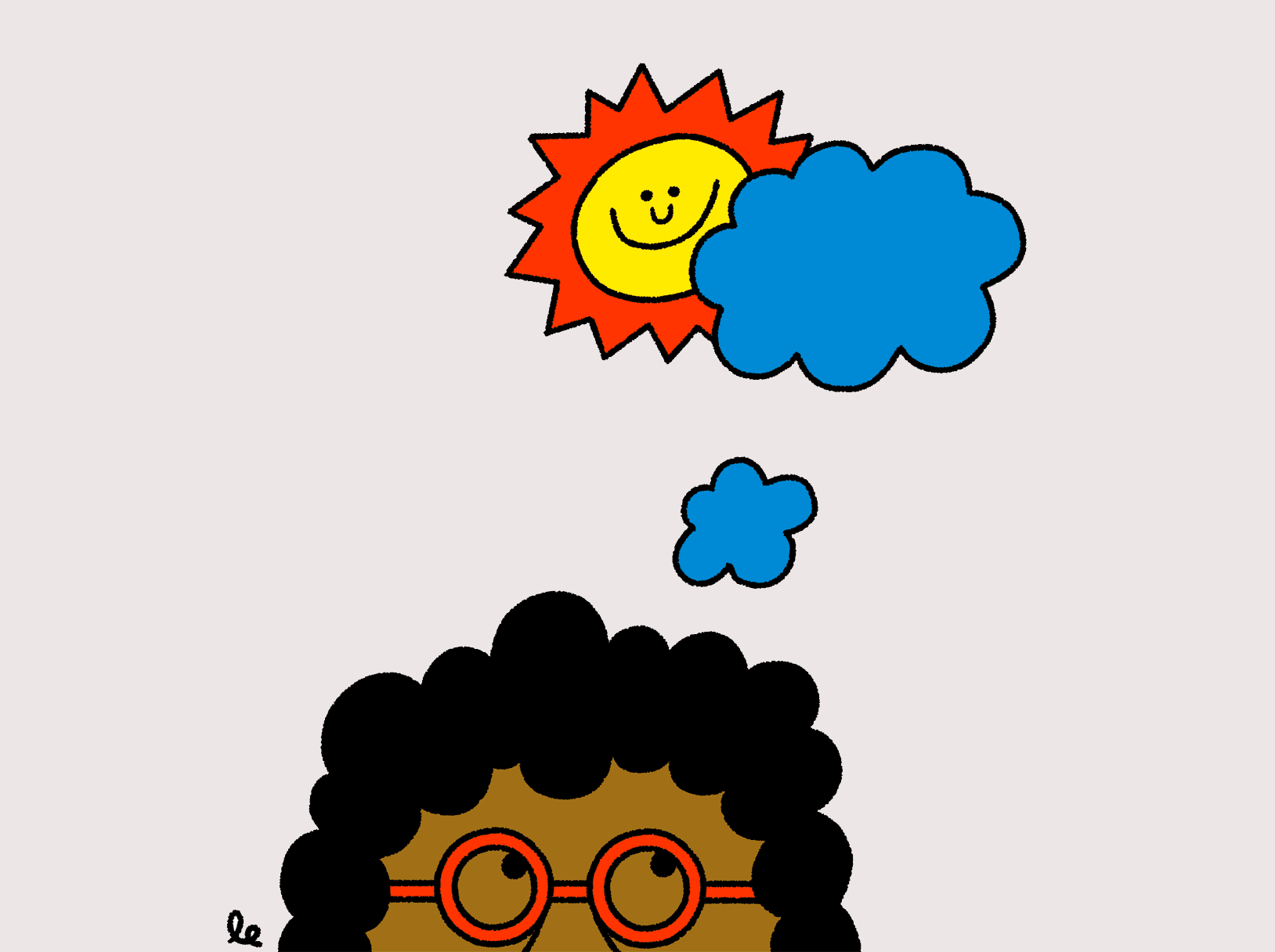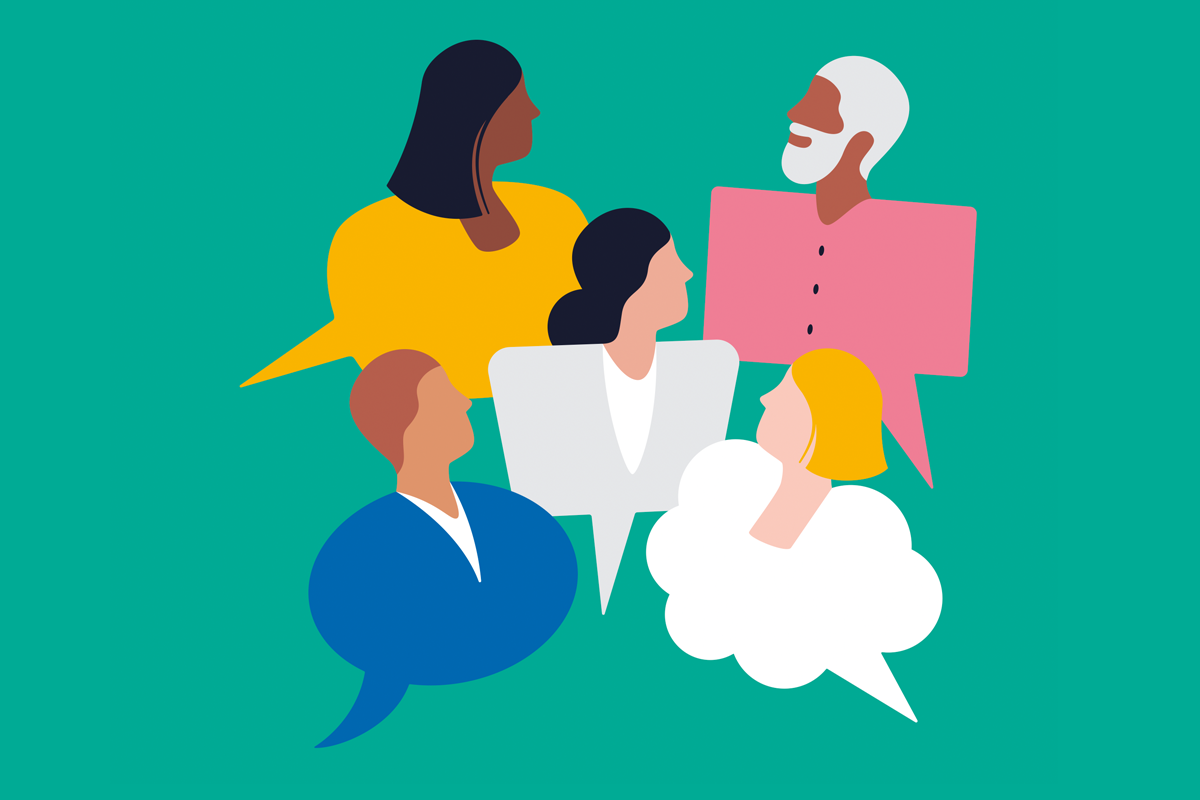All Resources
Mitchell on Meetings — What we learned and where it led

Mitchell on Meetings. What we learned and where it led
We’ve summarised some insights, takeaways and recommendations into three short, intersecting parts all conveniently beginning with the letter P.
Purpose, or Why am I here?
Mitchell speaks to Dr. Sankalp Chaturvedi (ICL’s associate professor of organisational behaviour and leadership) who argues that too many meetings are “amorphous and purposeless.” “Purpose,” he continues, “is the missing ingredient in meetings.”
There can be no drive towards results if the desired result itself is not clear. Getting clear on the Purpose of any meeting, and being able to clearly communicate this at the outset will be key to success. This tool will help you do that — drawing on a simple archetype from Simon Sinek.
A clear, tangible purpose gives you something, a ‘North Star’, to refer back to in a meeting if you feel focus is dangerously drifting (especially if, as another of Mitchell’s guests — organisational behavioural specialist Sophie Bryan — points out, a handful of participants are competing for attention or “won’t shut up.”).
In our training sessions of facilitating groups we regularly reference the thinking of facilitator and mediator Priya Parker. Parker wrote a revealing book: The Art of Gathering: How we meet and why it matters, in which she described how, “Purpose is your bouncer." A benefit of being clear on the purpose of a meeting is that it allows us to decide who actually needs to be at there, and enables us to articulate to those who don’t need to be, why that is. You can find more on some of the key ideas in the Art of Gathering here.
Participation
Fellow Comedian Russell Kane describes to Mitchell his time as a copywriter for an advertising agency, and his fascination with the extrovert (people who ‘recharge,’ from social interaction) introvert (who recharge in isolation) and ambivert (people who need a bit of both) spectrum.
He found that (in meetings) the ideas of extroverted people, either those who spoke the most / loudest or had ‘the gift of the gab,’ were far more likely to be heard and embraced than those of introverted people. Without an inclusive meeting structure that benefits everyone on the intro/extro/ambivert scale, many of the best ideas were never heard, simply because the person with the idea couldn’t find a moment to speak.
“For someone who can’t express an idea eloquently, or may be introverted or shy, that does not comment on the quality of their idea.”
Fellow adman Sir Johh Hegarty, when speaking at YCN, described his dislike of the brainstorm (that particular kind of meeting) for similar reasons — it’s often the loudest voice that gets heard. His novel approach was at the start of any meeting focussed on collaboration to give everyone 5 minutes at the start to think over the problem, make some notes — and then take it in turns to briefly share. All ideas were then i the middle, and an inclusive and collaborative conversation could begin.
We’ve all experienced that feeling of a distinct lack of energy in a meeting whether virtually or IRL. In Mitchell’s words, “[with zoom meetings] You have to go, but you don’t even get to get out of the house. You don’t get to travel there, see the sky....It’s the worst thing about a meeting with none of the stuff that keeps you human.”
With this in mind, ‘hacking’ your meeting length is a useful thing to experiment with. Shun the evolved default 30 or 60 minutes and set your next team gathering for 25 or 50 minutes instead; explaining to the team how you'll all benefit from a brain-break and buffer ahead of what's next. In his conversation with former Chancellor Sir David Lidington, Mitchell learns that Royal Privy Council meetings are kept to a strict 15 minutes, with no chairs provided so no-one gets too comfortable and the queen can get on with her day.
Create some 'arousal' in the minds of our meeting participants so they're more likely to show up in a curious and participatory state
And another way to up the energy if you’re leading a meeting is to invite those along to to use the first 60 seconds to pause, centre and clear their mind from what’s gone before. A short collective breathing exercise always piques the curiosity and focusses the mind — and you’ll find some practical exercises to give a whirl here.
For those meetings where creativity is required, proven tools like Edward de Bono’s Six thinking hats can purposefully get everyone participating, energised and intentionally listening to each other too. As Russell Kane put it: “I started to realise we’re going to do better as a department, earn more money, win more pitches, if I open my ears as well as my mouth.”
Priming
In the Art of Gathering, Priya Parker tells us that, “a meeting begins the moment you hear about it”, questioning our default tendency to stick a calendar invite in the diary and do nothing else ahead of time. She encourages us to fight this, and to create some 'arousal' in the minds of our meeting participants so they're more likely to show up in a curious and participatory state. And she explains how this can as simple as including a thought provoking quote, or at the very least a meeting agenda, in the calendar invite itself.
Russell Kane explained to Mitchell his own take on this idea, and how he used to circulate an email inviting ideas, thoughts and contributions ahead of a meeting; with the added benefit that he could sense check ideas before a meeting too — warming people up for the coming conversation and getting a feel for their take on things.
A big part of why meetings can be so unproductive is a lack of such pre-thinking and preparation. Sir David Lidington mentions to Mitchell in the podcast that he could tell how a meeting was going to go based on the looks people gave when they opened the meeting agenda. If they looked confused or taken aback, he knew they hadn’t prepared, ergo it wasn’t going to be productive.
We can simply and quickly set meetings up for success by engaging people before the biscuits are opened, or the Zoom app fired up. Think about you might prime ahead of your next meeting; whether a simple informative addition to the standard invite, or perhaps a more elaborate visual request to add to Miro board — or even bringing something physical along to share in the session itself.
Good to know...
In our Facilitating Remote Groups session, joined and led by School of Facilitation founder Kirsty Lewis, we explore many of these ideas and more — sharing lots of practical experiments for more purposeful and productive groups and meetings. More on that session, and coming dates, here.


























































































































































































